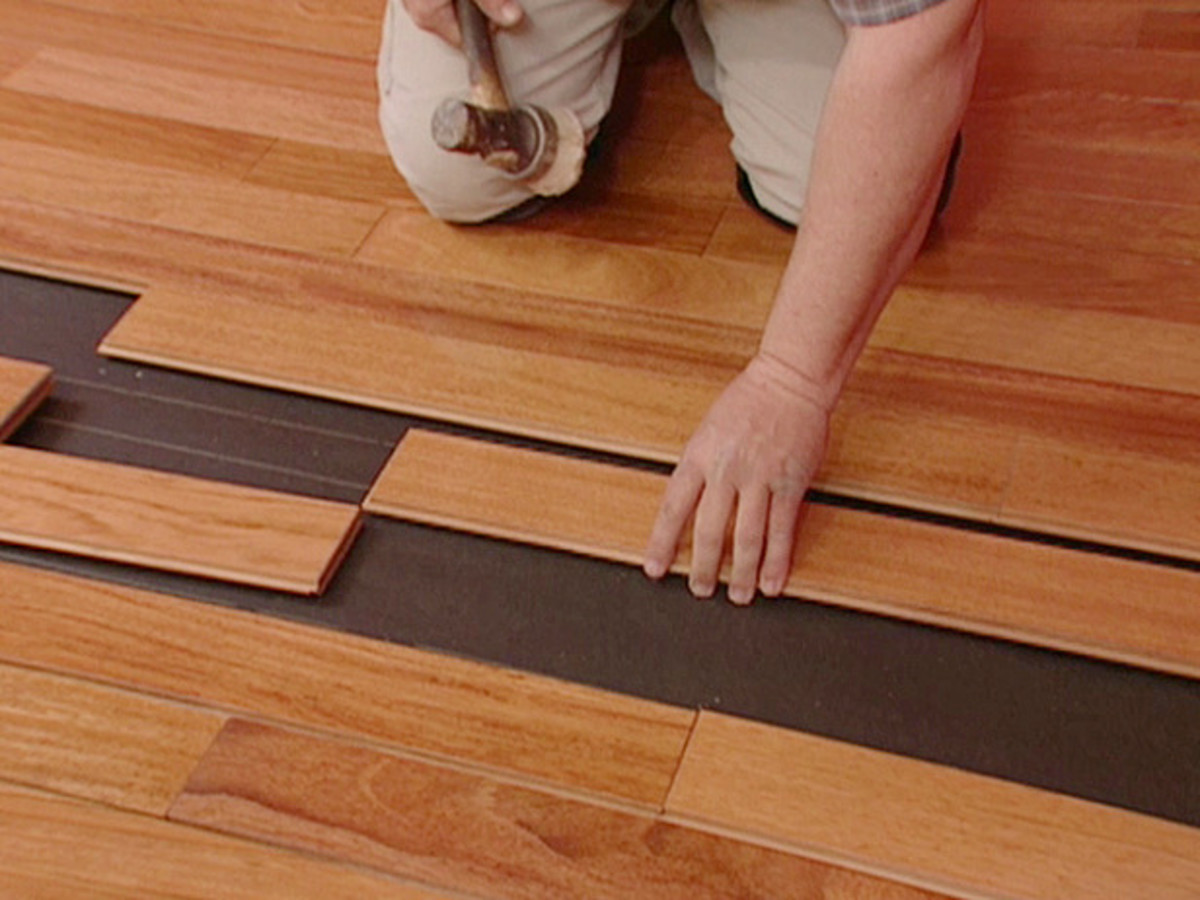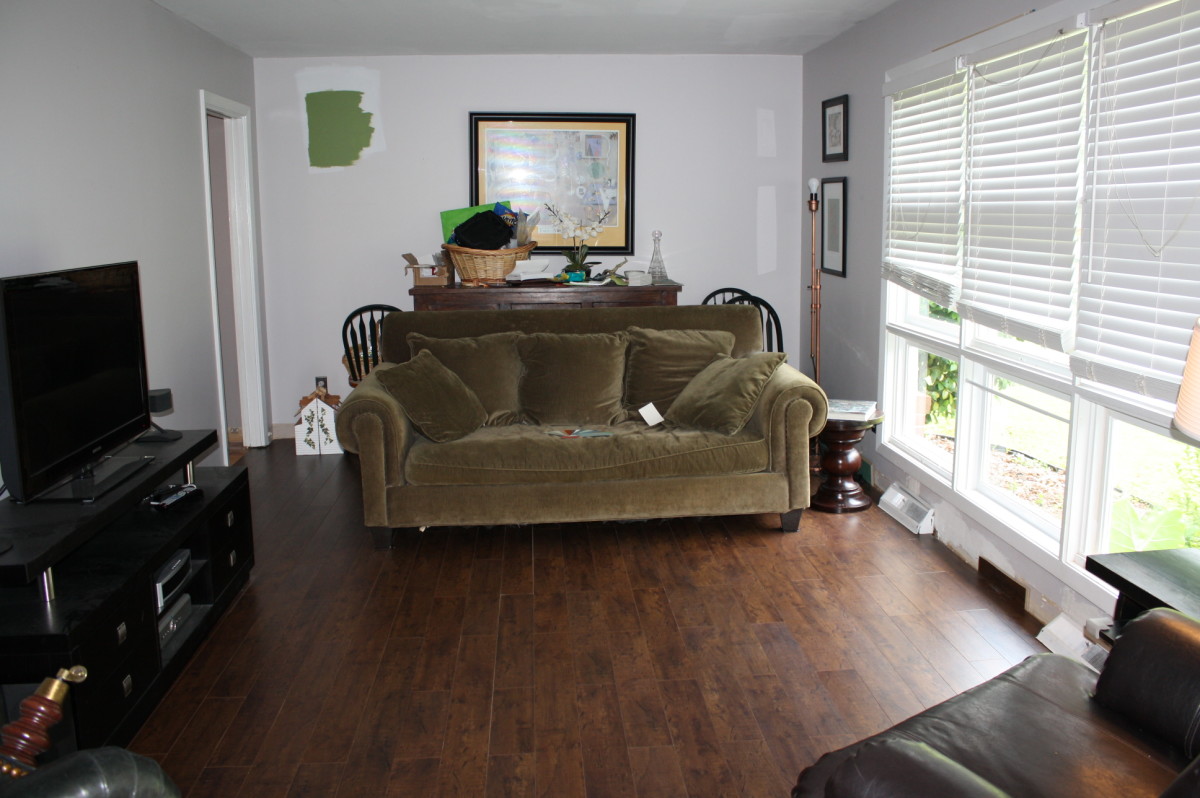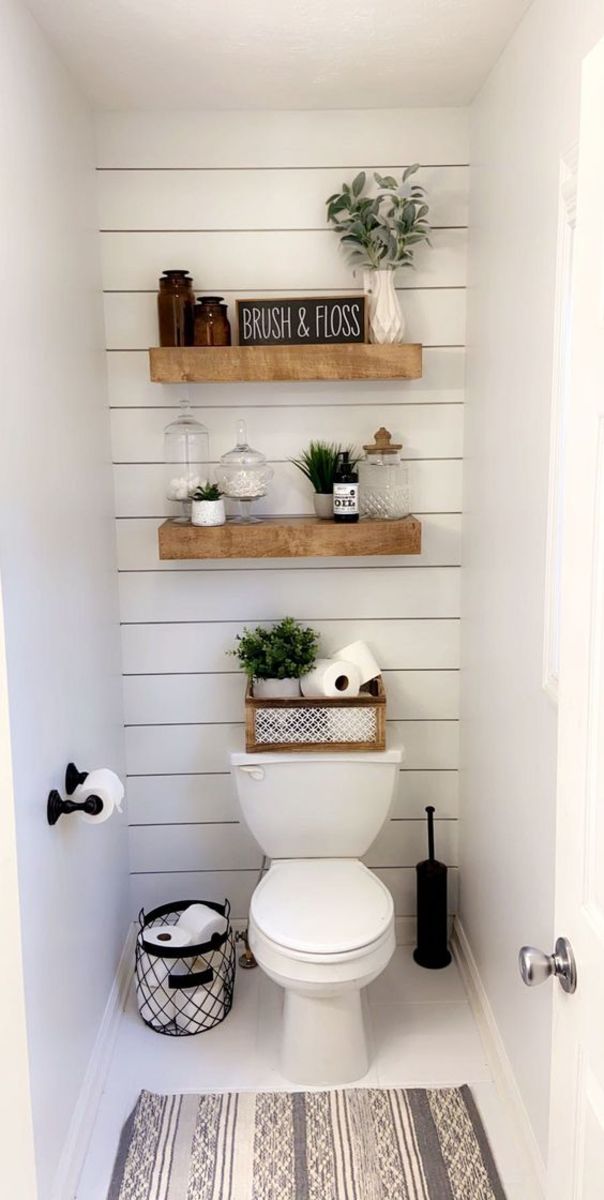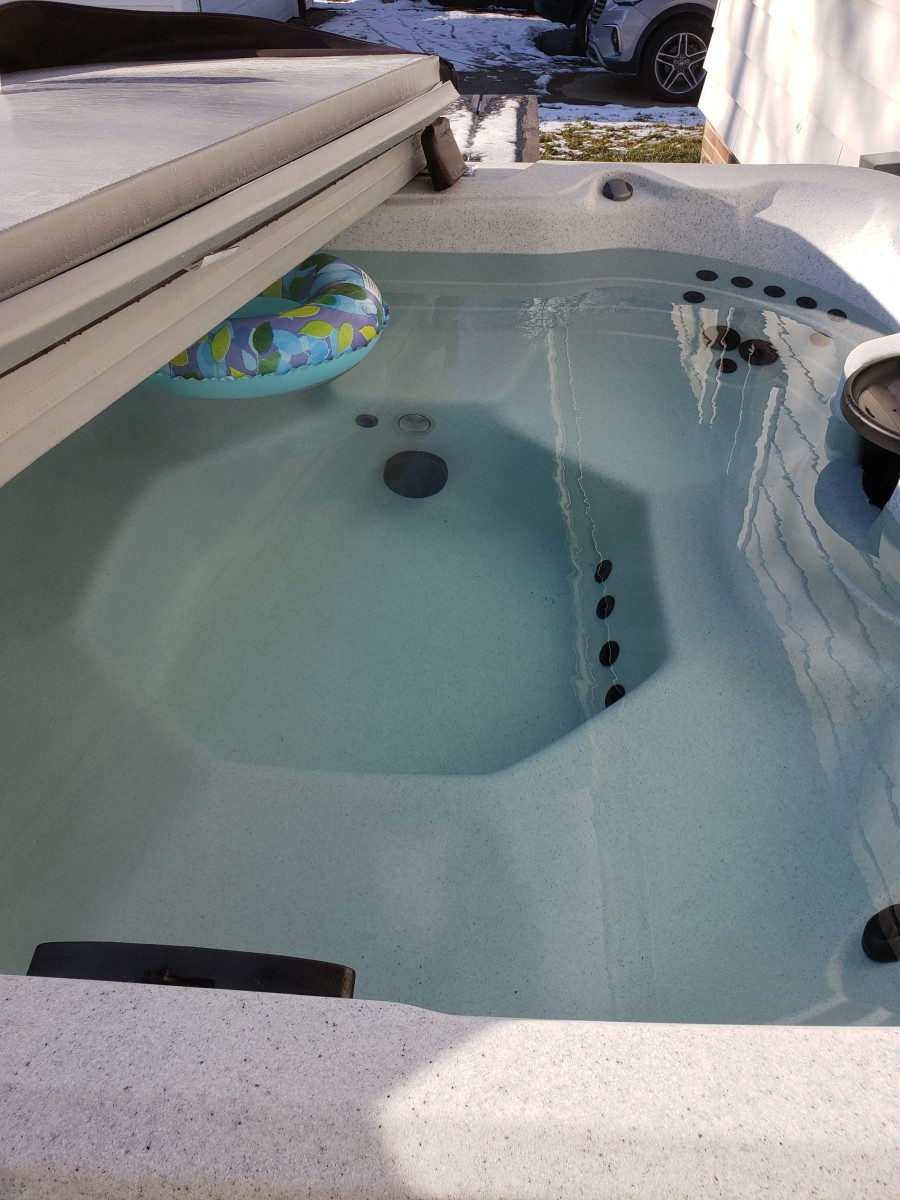How do I install a hardwood floor myself?
So, you have made the leap…you have decided to get hardwood flooring for your home and have realized that the labor of laying a wood floor is about the same as actually purchasing it. Is it hard to install wood floors yourself?What do you need and what should you look for? I am not going to lie. Making the decision to install hardwood floors yourself is ambitious to say the least, especially if you don’t consider yourself handy. That said, the installation isn’t as hard as you may think, provided that you understand the process and have done your homework in how to do it step by step. And although hardwood flooring is popular (you probably know someone who has done it themselves), there are lots of decisions to be made as well as steps that you should consider before you take on the task in order to install hard wood flooring properly. When to decide to let a profesional wood installer install your floors.
What size of flooring should I use?
Before you even begin to think to install hardwood floors, you are going to have to determine what size of flooring you are going to want to use. Hardwood flooring comes in all types of sizes that vary in the width of the wood as well as grades of the wood. For instance, if you are looking for thinner planks, you will want to go with strip flooring. Alternatively, plank flooring is larger in width. Some plank flooring can be up to 7 inches in width. Both will give a uniform look to the floors but each come with their list of pros and cons.
What type of wood should I use?
The other thing to consider is what type of wood you are planning to lay. Oak is probably the most popular but there are other types of hard wood such as maple and birch and exotic wood to choose from. In addition to this, wood is graded from common to select to premium. A lot of times, you may be thinking you are getting a deal only to find that the wood you bought is a lower grade hard wood which may affect the amount of waste involved when you are laying the floors later. Also, since you are laying the floor yourself, I suggest that you take close attention to getting a prefinished product as learning how to refinish wood floors is just another step you would have to do and the task can be time consuming. While choosing unfinished wood may be a cheaper option, you will have to invest time sanding and laying finish as well as more maintenance long term.
Measuring the room
So, you have an idea of the size of flooring you want as well as the type of hardwood flooring you intend to use. The next step is to get accurate measurements of the rooms you intend to add flooring to. There are two options available to you. You could measure the rooms yourself but in some cases odd shaped rooms and closets may make the estimates a little tricky. You could also hire a contractor to come out and measure the rooms for you. This will give you a more accurate number but typically a contractor will charge you $25-50 to measure the rooms for you and may not be anxious to give you the square footage because they will want to do the work for you.
Once you have the measurements, the next step is to get the wood for your floor. Usually, you can simply take the measurements to a flooring dealer or a home improvement store. Whoever you talk to at the store should be able to help you get the right amount of flooring and take into account things like waste, which typically can add 10-20% of square footage to your order. If you have odd shaped rooms, the amount of waste could be higher.
Once you have the hard wood in your possession, it isn’t a bad idea to lay out the pieces on the area to check for varying degrees of length in the wood. You will want to right length for your project.
What tools will I need?
Like almost all do-it-yourself projects, there are certain types of tools that you will need to have before you begin laying the floors. Having these tools on hand before you start the project will help you expediate the process of installing hardwood flooring. This also depends on what type of wood you chose. The tools could include a chalk line and pencils, a drill or pneumatic floor nail gun (if you are going to nail your flooring down), tar paper, spacers and a pry bar. If you intend to glue your floors down to the subfloor then you will need glue.
Of course, you will also need an underlayment if the wood isn’t pre-engineered with an underlayment to not only help separate the wood from humidity but also to muffle sound.
Once you have all the tools, you are ready to begin prepping the floor. If you have carpet, you will need to pull it up. In some cities, you can simply leave it curbside to get picked up. In others, you will need to take it someplace to be disposed of. Once you have stripped the floor down to the subfloor, you will want to remove the shoe molding. Take the time to check that the subfloor is flat and level. If there are nails in the subfloor, they will need to be removed. If there are dips in the subfloor, you will need to fill them with sand to level them out. Clean the subfloor thoroughly. Find the location of the floor joists and mark the positions at the base of the wall. You will need to do this for future reference.
Tar paper is needed if you are installing a traditional hard wood floor. This will be applied to the subfloor and will help with keeping dampness off the wood. There is underlayment as well that could help muffle sound and be a good buffer from humidity. To lay the tar paper, you will need to establish a center line. This is done by dropping a chalk line at the very base of the wall and then dropping another one parallel to the center wall. You will want to leave 3/8th of an inch space from the wall. You will want to also add spacers around the edge of the wall. Spacers will keep the hard wood from buckling as it expands.
Once you have the tar paper down, it is time to install the wood floor. Take the boards for the first row and align the board with the second chalk line (the parallel line). The boards should be straight and long. Drill holes through the plank and locate the floor joist and drill a hole through it as well. Now you will nail the board down into the floorjoists. Repeat the process with the second row , nailing the planks with the nail gun through the edges of the previous planks. Continue the process until you reach the last board in the room that needs to be installed. Take your pry bar and snap the last board into place.
If you aren’t nailing the floors down, you may be glueing the wood to the subfloors. Some hardwood now comes with a groove and tongue locking system as well. Anyway you choose, the process is the same.






